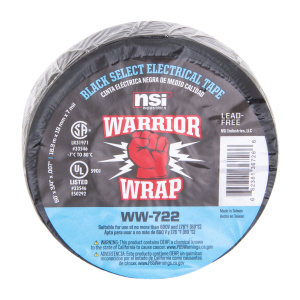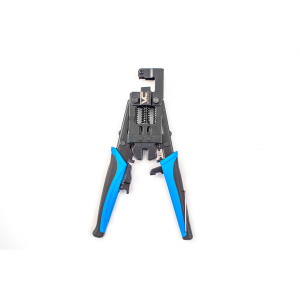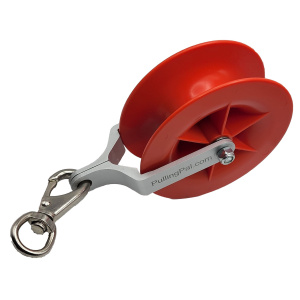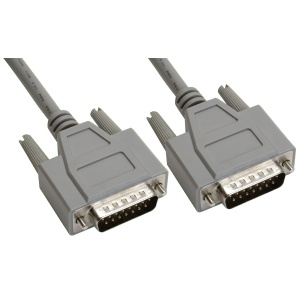Ever come across the term “fiber connectors” and wondered how their cleanliness might affect the performance of your fiber optic network? In this comprehensive guide, we’ll walk you through everything you need to know.
Introduction to Fiber Connectors
In the realm of fiber optic networks, connectors play a crucial role. They link different parts of the network, allowing for the smooth transmission of data. Just like any other equipment, these connectors require periodic cleaning to maintain their effectiveness.
Importance of Clean Fiber Connectors
Why Clean Fiber Connectors Matter
But why does the cleanliness of these tiny pieces of hardware matter? Simple. Any contamination on the connector can hinder the signal transmission, leading to slow internet speeds and even network failure. So, if you’re aiming for optimal network performance, a clean fiber connector should top your maintenance list.
Safety Measures Before Cleaning
Before you start your cleaning operation, remember that safety always comes first. Always disconnect the connector before cleaning. And make sure to wear protective equipment like gloves and safety glasses to protect yourself from any fiber shards.
Essential Cleaning Tools
Cleaning Kits
In the marketplace, you’ll find various cleaning kits designed specifically for fiber connectors. These kits usually include lint-free wipes, cleaning swabs, and cleaning solution.
Cleaning Swabs
Cleaning swabs are like tiny brooms for your connectors. They help in removing dust and other particles from hard-to-reach areas.
Air Spray
Compressed air cans or air sprays can be used to blow away any loose particles from the connector’s surface.
The Cleaning Process
Dry Cleaning Method
This method involves using a lint-free wipe or cleaning swab to gently clean the connector’s end-face.
Wet Cleaning Method
Here, a cleaning solution is applied to the wipe or swab before cleaning the connector.
Combination Cleaning Method
Sometimes, a combination of both methods might be necessary to achieve the desired cleanliness.
Step-by-step Guide for Cleaning
The cleaning process may vary slightly depending on the type of connector, but here’s a general step-by-step guide:
- Disconnect the connector.
- Inspect it for any visible contamination.
- Use the appropriate cleaning method.
- Inspect the connector again.
- Repeat the process if necessary.
Specific Cleaning Procedures
SC Connectors
For SC connectors, use a lint-free wipe and a cleaning solution to clean the end-face. Use a cleaning swab for the interior.
LC Connectors
LC connectors often require both a cleaning swab for the interior and air spray for any loose particles.
MTP/MPO Connectors
Due to their complex structure, MTP/MPO connectors often require specialized cleaning kits.
Inspecting the Connectors
After cleaning, it’s essential to inspect the connectors using a fiberscope to ensure all contaminants have been removed.
Understanding When to Clean
Knowing when to clean your connectors is as important as knowing how to clean them. Generally, clean your connectors whenever you disconnect or reconnect them, or if you notice any performance issues.
Common Cleaning Mistakes to Avoid
Avoid common mistakes like reusing cleaning materials, not checking connectors before and after cleaning, and ignoring safety measures.
Maintenance After Cleaning
After cleaning, store your connectors in a dust-free environment and use dust caps to protect them from contamination.
Cost-Efficiency of Proper Cleaning
Investing time and resources in cleaning might seem like a hassle, but it’s cost-efficient in the long run. It reduces the risk of network downtime and expensive repairs.
Outsourcing Fiber Connector Cleaning
If cleaning seems too complex or time-consuming, consider outsourcing it to professionals. They have the necessary tools and expertise to ensure your connectors are clean and functioning optimally.
Conclusion
Maintaining clean fiber connectors is key to a smooth-running fiber optic network. By understanding the cleaning procedures, using the right tools, and avoiding common mistakes, you can ensure your network performs at its best.
FAQs
1. How often should I clean fiber connectors? Cleaning should be performed every time you disconnect or reconnect them, or if you notice any network performance issues.
2. Can I reuse cleaning materials? No, reusing cleaning materials might lead to cross-contamination. Always use fresh cleaning supplies.
3. Is cleaning fiber connectors a DIY task? Yes, with the right tools and procedures, you can clean fiber connectors yourself. But, if you find it too complex, consider outsourcing it to professionals.
4. What safety measures should I follow when cleaning fiber connectors? Always disconnect the connectors before cleaning and use safety glasses and gloves to protect yourself.
5. Can dirty fiber connectors lead to network failure? Yes, contamination on fiber connectors can disrupt signal transmission and even lead to network failure.












